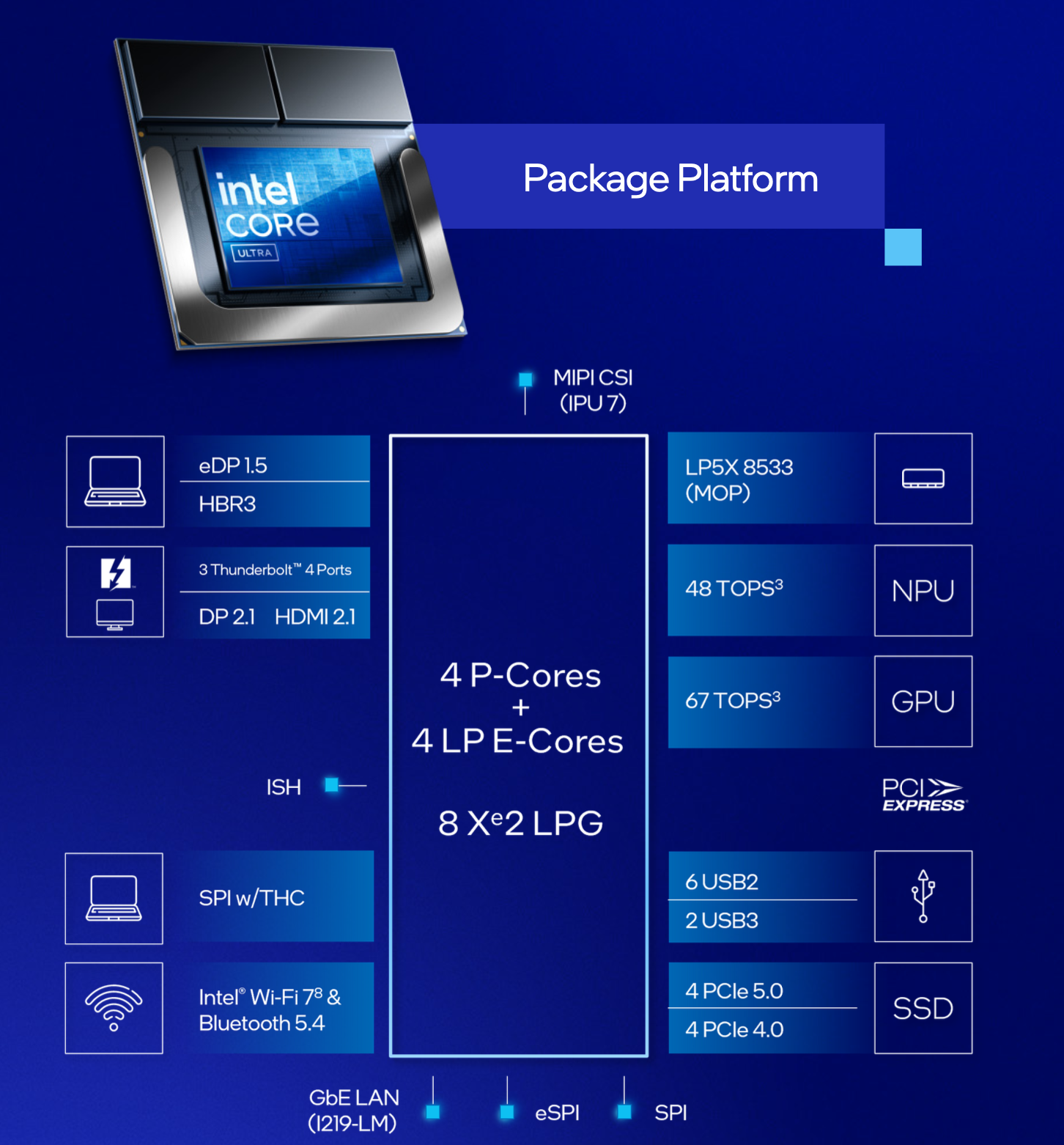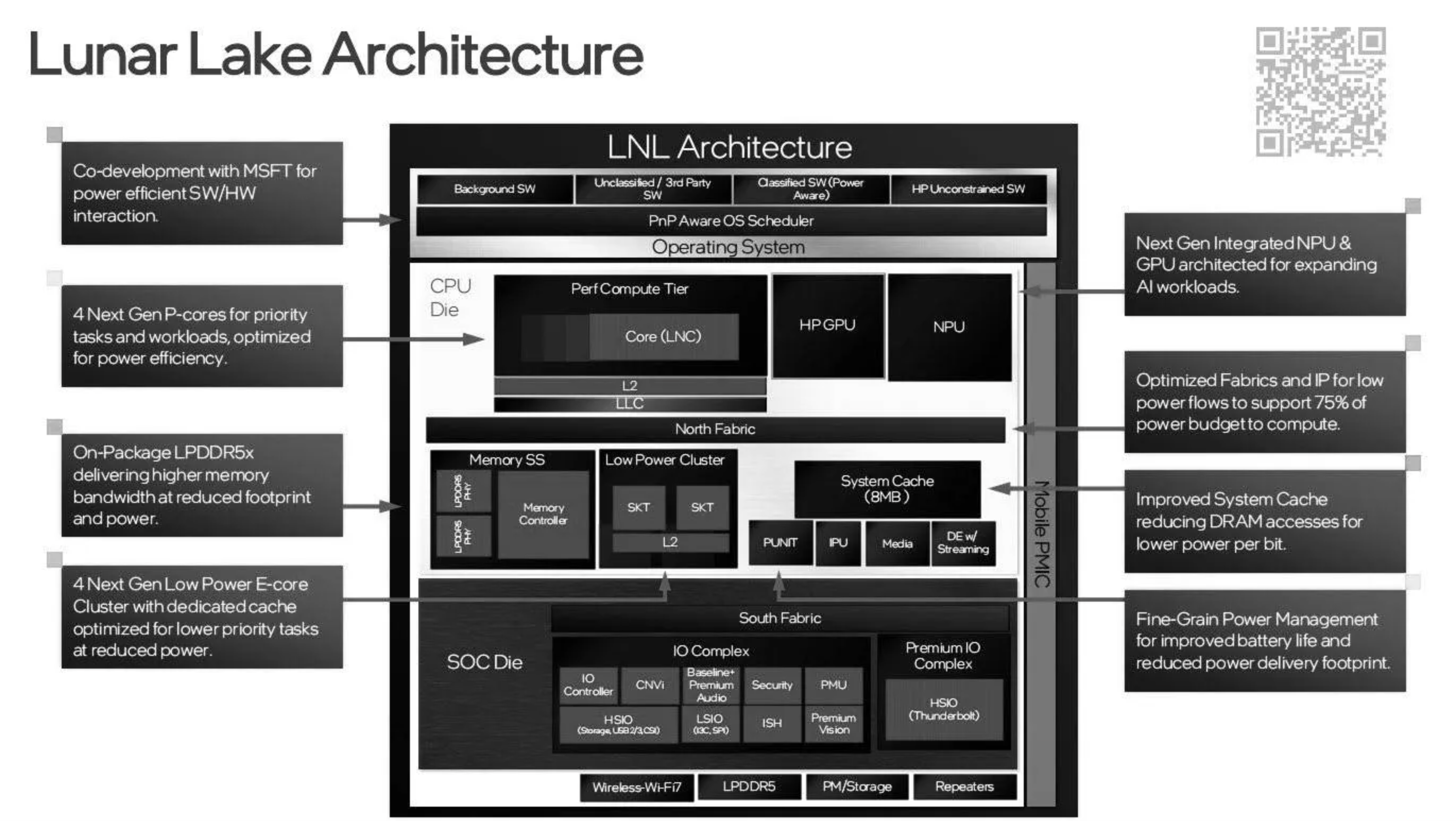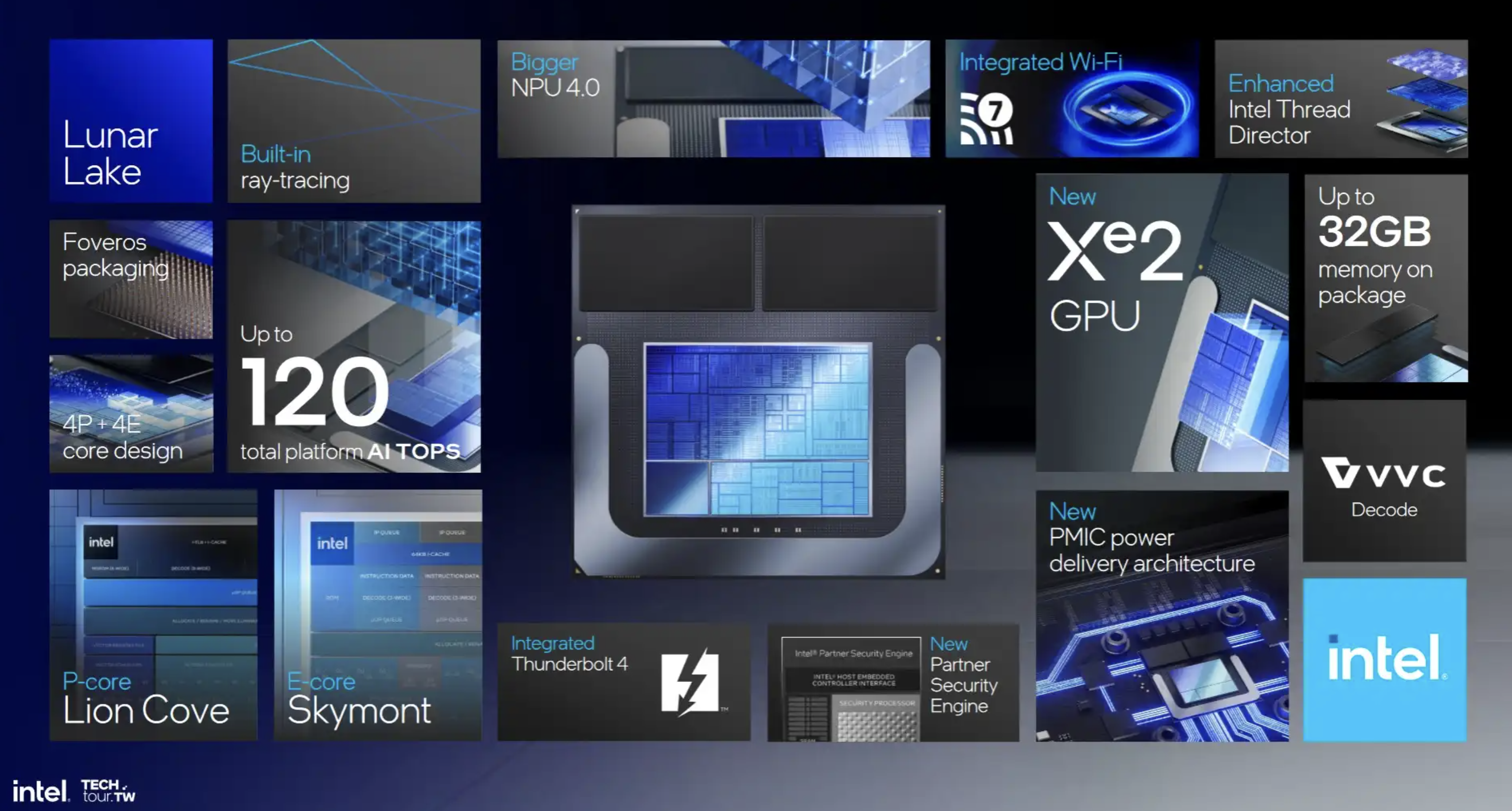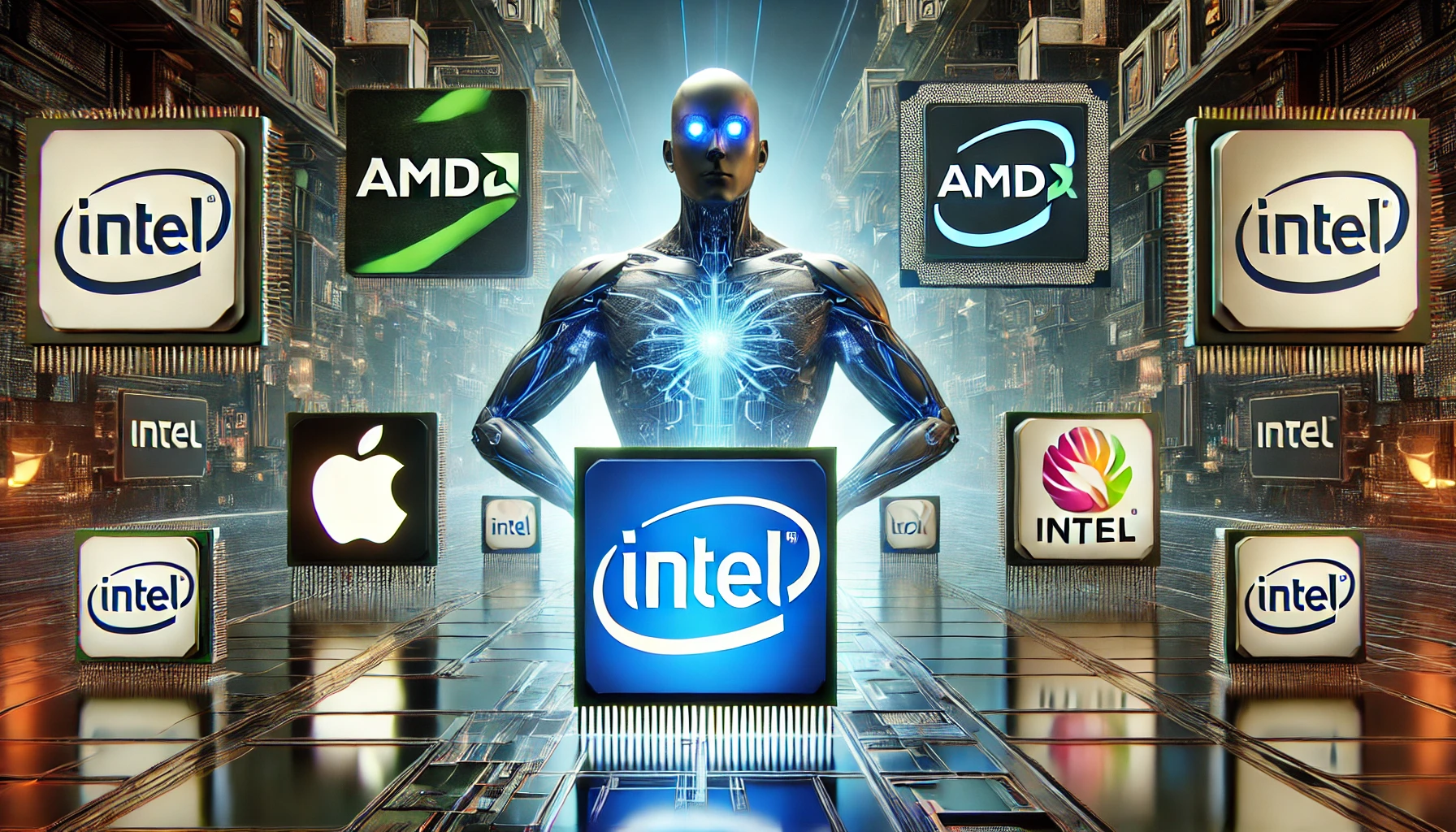The Rise of Intel Core Ultra 200V: The Era of AI PCs
For the past few years, AMD’s Ryzen series and Apple’s M-series chips have dominated the laptop market. Especially since the launch of the M1 in 2020, the ARM-based architecture coupled with macOS integration left competitors like Intel and AMD struggling to catch up. Meanwhile, Qualcomm made strides with its Snapdragon processors, though mainly in the mobile domain, with some hope from Snapdragon X Elite in early 2024 for ultrabooks, which is set to storm the mid-range PC segment. Snapdragon X Elite’s AI-driven performance and efficiency have shown promise in bridging the gap between mobile and desktop computing.
However, this Tech-tember, Intel made a significant comeback with the launch of its Core Ultra 200V series (codenamed Lunar Lake). This release marks a major milestone, as Intel not only competes with Apple’s M-series but also aims to redefine AI-driven computing and multi-threaded performance in the laptop space. This new Intel AI-powered PC is set to set a new benchmark, becoming the gold standard in AI-driven processing for laptops, pushing the limits of hybrid architecture, power efficiency, and on-device AI capabilities.
So, is this really the comeback of the tech giant? Let’s delve into it.
Hybrid Architecture: The Core Ultra 200V’s New Foundation
Intel’s Core Ultra 200V series introduces a new hybrid architecture that integrates Performance cores (P-cores) and Efficient cores (E-cores). This design is built to handle both high-intensity workloads and everyday tasks efficiently, providing both speed and power savings. The Thread Director dynamically manages task allocation between P-cores and E-cores, ensuring optimal performance and battery life.

Key Features:
- Thread Director: This technology intelligently manages core allocation, balancing workloads across P-cores and E-cores to optimize power efficiency and performance.
- Hybrid Design: By combining performance cores for demanding applications like gaming and video rendering with energy-efficient cores for lightweight tasks like browsing and document editing, Intel addresses both power efficiency and performance needs.
Intel’s hybrid approach parallels Apple’s M-series architecture, which also emphasizes efficiency through a combination of high-performance and low-power cores. However, Intel differentiates itself through its compatibility with multiple operating systems, including Windows and Linux, offering more flexibility for developers and IT professionals.

Challenges:
While Intel’s hybrid architecture is a significant leap, it faces challenges in software integration, especially when compared to Apple’s M-series, which benefits from the seamless coupling of hardware and macOS.
AI-Powered Performance: The Next Generation of Computing
The Core Ultra 200V series leverages NPU 4.0, a powerful Neural Processing Unit designed for on-device AI acceleration. This feature allows Intel’s chips to perform AI-driven tasks like real-time image processing, voice recognition, and machine learning without relying on cloud services, reducing latency and enhancing privacy.
AI and Performance Gains:
- NPU 4.0: Intel’s AI engine accelerates a range of AI workloads, making it ideal for content creators, data scientists, and business users who require machine learning and AI-driven enhancements. This is particularly beneficial for tasks like video editing and gaming, where AI-driven optimizations can improve quality and speed.
- Efficient Power Management: The Core Ultra 200V series introduces an improved power management system that reduces unnecessary power consumption by managing power delivery to the components that need it most. This leads to a 25% increase in power efficiency over previous Intel generations.
Intel’s use of PMICs (Power Management Integrated Circuits) ensures better control over power distribution across the CPU, making the chips more competitive with Apple’s M-series in terms of battery life.
Competition:
While Intel has closed the gap in power efficiency, Apple’s M-series still has the upper hand in terms of battery life and single-core performance, especially in lightweight tasks. However, the Core Ultra 200V offers stronger performance in multi-threaded applications and AI tasks, which makes it more suitable for professionals working with complex workloads.
The Battle for Dominance: Intel, Apple, and Qualcomm
The laptop processor space is now more competitive than ever. While Apple’s M-series continues to lead in efficiency and single-core performance, Intel’s Core Ultra 200V series brings competition to multi-threaded tasks and AI-driven applications. Qualcomm’s Snapdragon X Elite is also a new player, focusing heavily on AI processing and mobile computing. Together, these three companies are redefining the future of laptops.
Apple’s M-Series:
- Apple’s M-series is built on ARM-based architecture, excelling in battery life and single-core performance. MacBooks powered by M-series chips are still the most efficient devices for consumers who need long battery life and a seamless macOS experience.
Qualcomm’s Snapdragon X Elite:
- Qualcomm’s Snapdragon X Elite excels in AI performance and always-on connectivity, making it the best choice for mobile-first professionals who need extended battery life and AI-driven workflows. However, Qualcomm’s chips still lag behind in multi-threaded tasks, especially when compared to Intel’s Core Ultra 200V.
Intel’s Core Ultra 200V:
- Intel’s Core Ultra 200V stands out for its multi-OS support, including Linux, Windows, and enterprise environments. For developers, IT professionals, and content creators, the combination of multi-core performance, AI acceleration, and compatibility with diverse software ecosystems gives Intel a competitive edge.
Linux Support:
Intel’s longstanding commitment to the Linux community continues with the Core Ultra 200V series. The chip is designed to work seamlessly with Linux distributions, offering native drivers and kernel-level integration. Unlike Apple’s closed ecosystem, Intel processors remain highly compatible with open-source environments.

Conclusion: A New Contender in AI and Multi-Threaded Computing
Intel’s Core Ultra 200V series represents a significant leap forward, challenging both Apple’s M-series and Qualcomm’s Snapdragon X Elite. The combination of hybrid architecture, AI acceleration, and multi-threaded performance positions Intel as a strong contender in the laptop processor market.
For developers, business professionals, and content creators, the Core Ultra 200V series offers multi-OS flexibility, enterprise-grade features, and on-device AI capabilities that make it a compelling choice. While Apple’s M-series still dominates in battery life and single-core tasks, Intel’s Core Ultra chips provide a more powerful alternative for users requiring multi-core and AI-driven performance.
The race is on, and the competition between Intel, Apple, and Qualcomm is set to push the boundaries of laptop computing further than ever before. For consumers, this means more choices and innovations as these tech giants battle for dominance in the AI-driven laptop era.

Liked...? Do share on...
Twitter Facebook
Leave a Comment